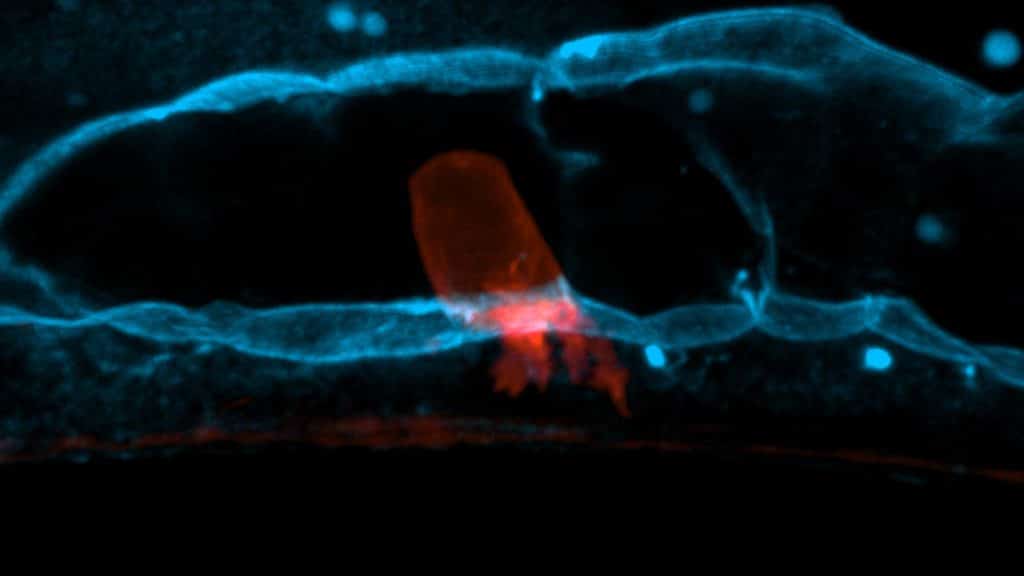As a big believer in the power in C. elegans for In Vivo disease research I am blown away by the time lapse videos of cancerous cells invading and spreading into neighboring tissue. Absolutely phenomenal work by David Sherwood of Duke University published in the latest issue of Developmental Cell.  However, what I find more intriguing is what Dr. Sherwood discussed in an interview. In the interview, he pointed out that the most invasive forms of human cancer have the same signaling pathway unregulated that leads to this invasive cellular phenotype in C. elegans. As NemaMetrix heads off to Association of Cell Biology (2017 ASCB|EMBO) annual meeting with a keynote lecture by noted C. elegans researcher Cori Bargmann, this begs the question – is this a platform for determining other signaling pathways that may also result in aggressive forms of cancer? One can take it even further – can this be used to give clinicians a tool to determine how potentially aggressive a rare or unknown cancer is from a biopsy sample, before it has a chance to spread?
However, what I find more intriguing is what Dr. Sherwood discussed in an interview. In the interview, he pointed out that the most invasive forms of human cancer have the same signaling pathway unregulated that leads to this invasive cellular phenotype in C. elegans. As NemaMetrix heads off to Association of Cell Biology (2017 ASCB|EMBO) annual meeting with a keynote lecture by noted C. elegans researcher Cori Bargmann, this begs the question – is this a platform for determining other signaling pathways that may also result in aggressive forms of cancer? One can take it even further – can this be used to give clinicians a tool to determine how potentially aggressive a rare or unknown cancer is from a biopsy sample, before it has a chance to spread?

